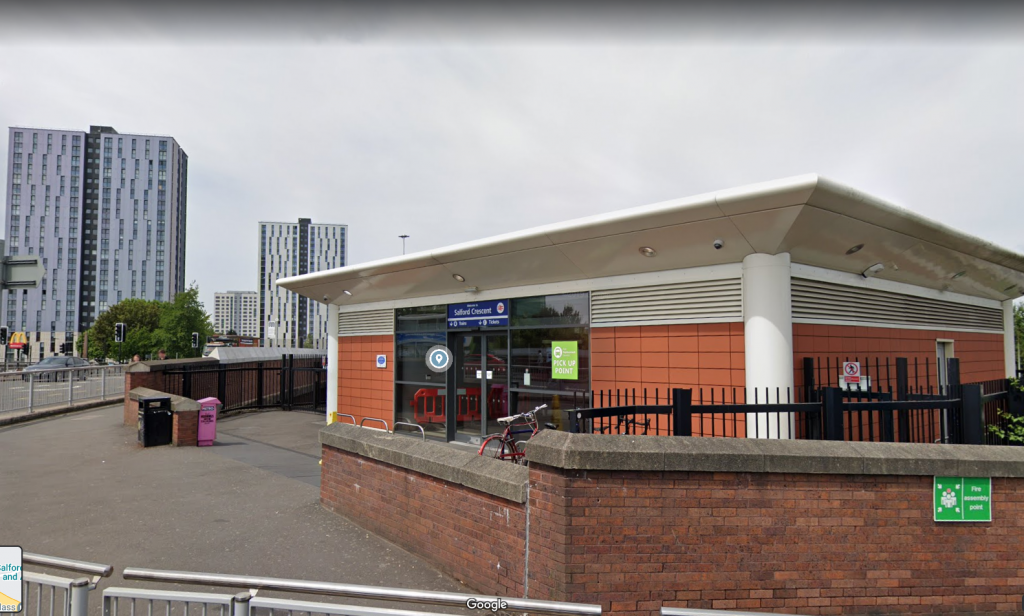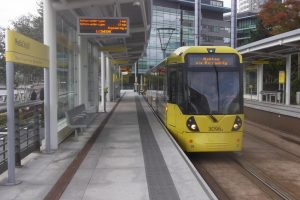
Two new tram lines are coming to Salford, along with other developments, as outlined in plans for the future of the city.
The potential plan will see a tram line from The Quays to Salford Crescent Train Station.
Another possible route sees a line travel up Trafford Road, across Regent Road roundabout and along Albion Way to the train station.
Salford Crescent Train Station would become an integrated transport ‘hub’, linking trains, trams and buses in one place.
The existing Trafford Centre line will also be extended across the Ship Canal to the AJ Bell Stadium and Port Salford.
The Salford Local Plan, titled ‘A fairer city’, details the plans for the city up to and beyond 2037.

The plan puts forward Salford City Council’s aims for Salford throughout the next 14 years.
The council plans to build accommodation in tandem with the 12% growth rate in the area.
The plans include 20% of all new housing developments with more than 10 dwellings or 0.5 hectares in area to be designated as affordable housing to rent or buy.
To accommodate for population growth, the council also plans to provide recreational spaces to Salfordians.
They aim for every house in the city to be within 500 metres walking distance of a play area and within 1,200 metres of a neighbourhood park.
A pedestrianised bridge will be built over the River Irwell from the Crescent to The Meadow, to create the Irwell River Park.
Another bridge will be built at Clippers Quay across the Ship Canal for better access to the tramline at Wharfside.
As well as this, green space such as the Irwell Valley and the West Salford Greenway will be protected and enhanced as key wildlife areas.
Climate change was another issue focused on throughout the report.
This included “Reducing the burden that falls on future generations of responding to climate change.”
Salford City Council aims for the city to become carbon neutral by 2038.
Higher density living areas, greener energy sources and the development of natural spaces are just three of the 19 steps to help further reduce emissions.
Salford has the second highest per capita carbon dioxide emissions of the ten Greater Manchester districts, at 5.0 tonnes per annum. The average in Greater Manchester is 4.3 tonnes per annum.
This is mostly due to Salford’s reliance on roads which are some of the densest and most frequented in the region.
To combat this, the council are committing to better infrastructure and public transport, aided by the planned Metrolink extension into the Salford Crescent area.
The council boasts a 33% reduction in total carbon dioxide emissions from 2005-2017.
Other commitments were made to the trimodal freight terminal ‘Port Salford’ which will create new jobs and economic prosperity in the area.














One Comment